The desktop-sized LPU100 eschews traditional electronics and qubits in favor of lasers, and it can reportedly perform complex AI calculations in nanoseconds.
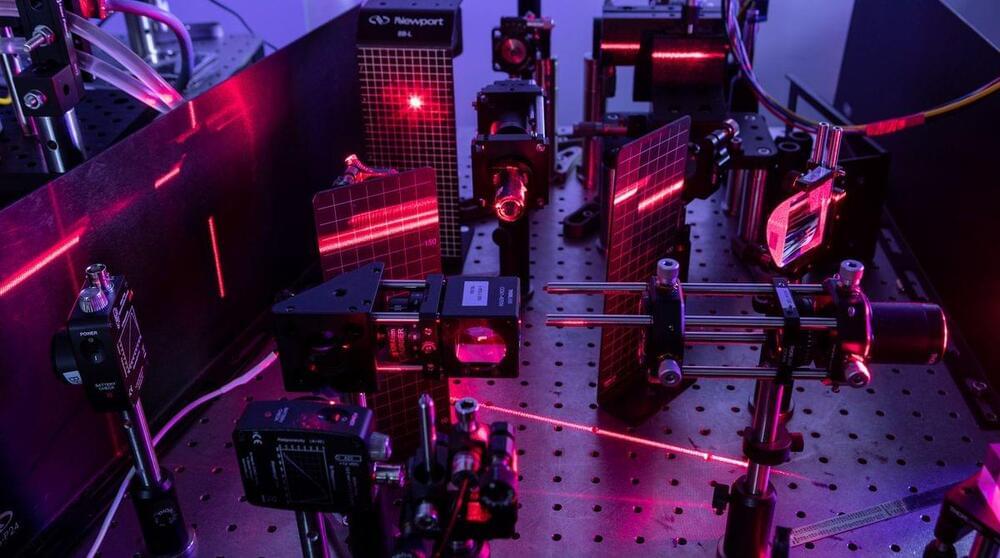

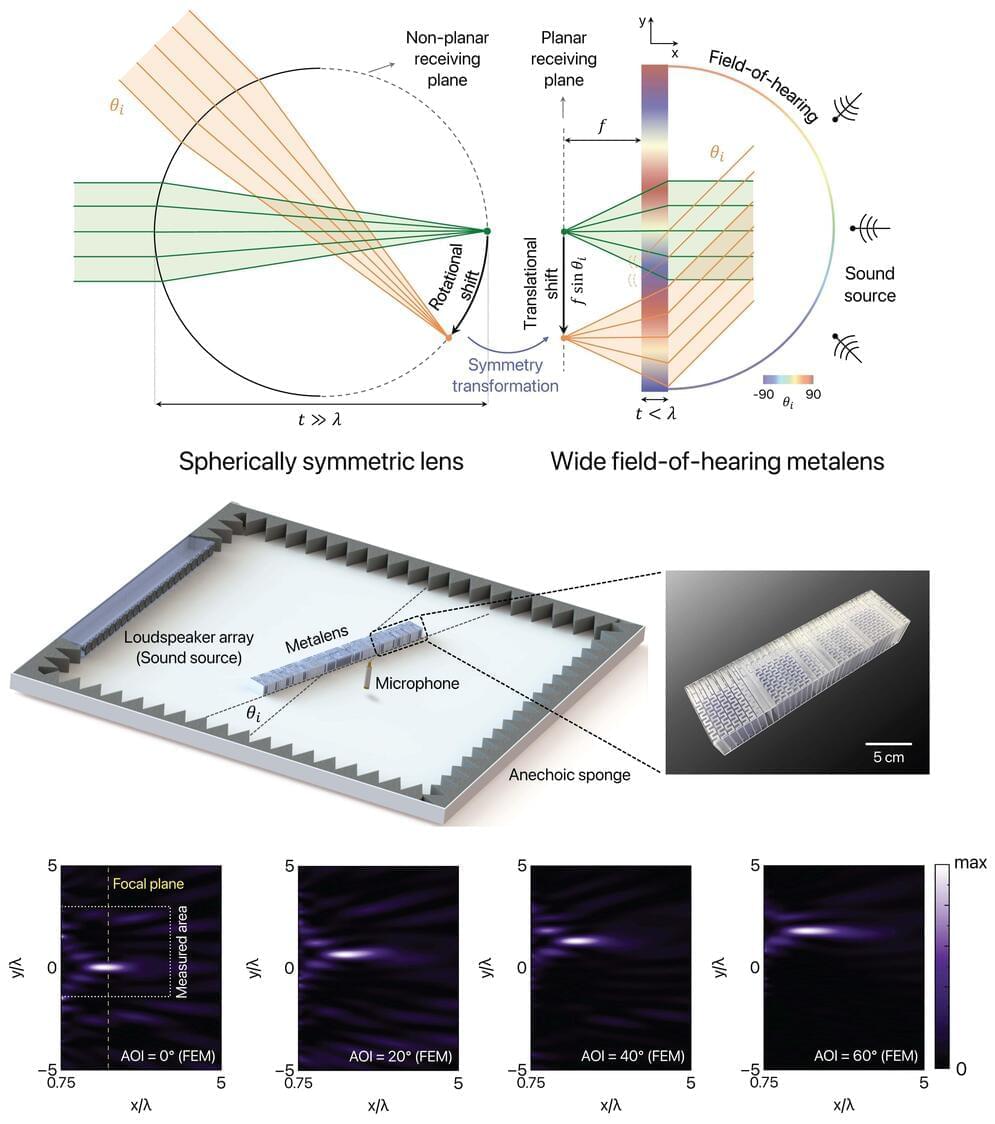
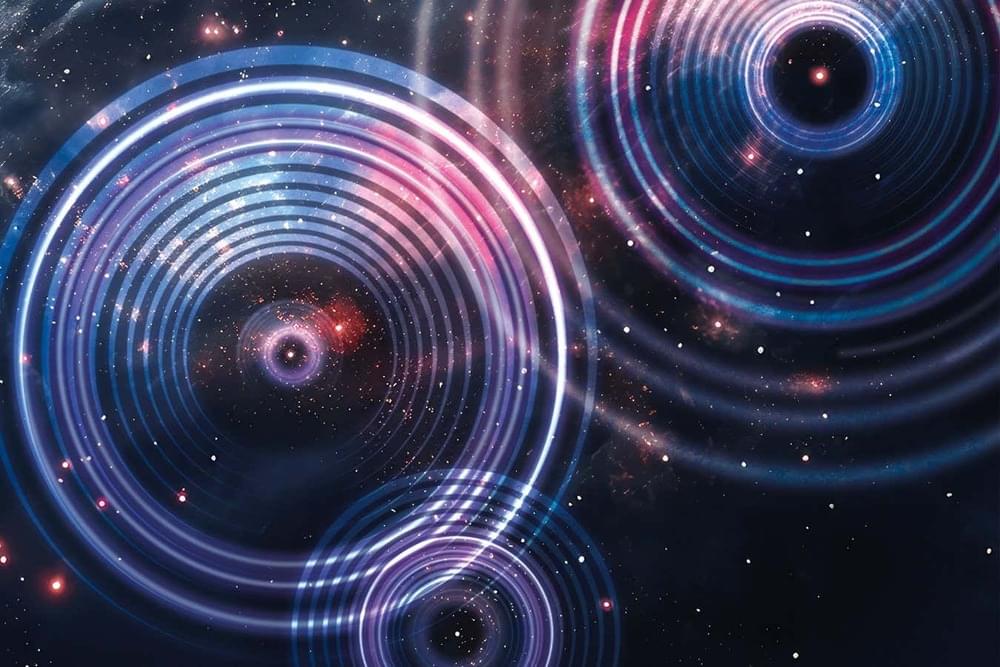
Gravitational waves can be lensed by massive galaxies so that they repeat, like an echo. Scientists are now readying to snare their first one and explore the cosmic secrets it holds.
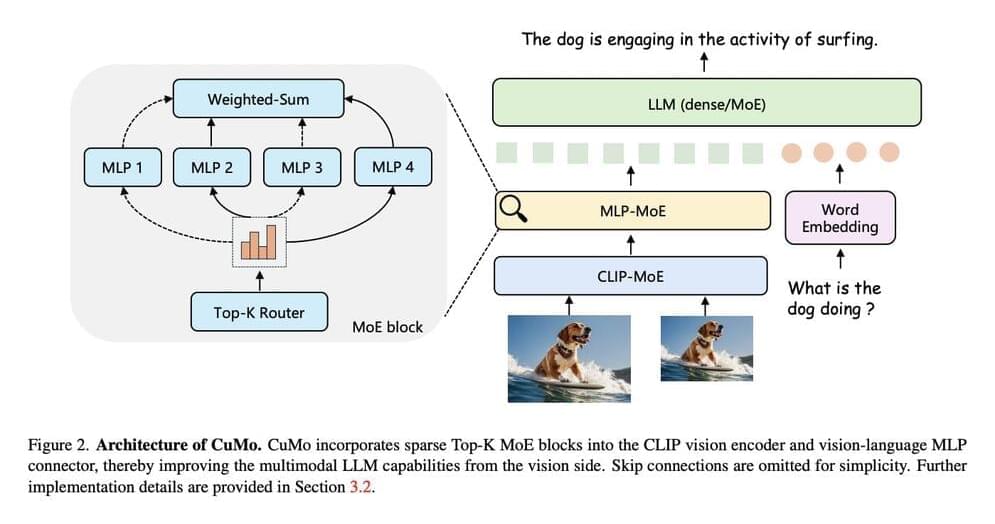
The advent of large language models (LLMs) like GPT-4 has sparked excitement around enhancing them with multimodal capabilities to understand visual data alongside text. However, previous efforts to create powerful multimodal LLMs have faced challenges in scaling up efficiently while maintaining performance. To mitigate these issues, the researchers took inspiration from the mixture-of-experts (MoE) architecture, widely used to scale up LLMs by replacing dense layers with sparse expert modules.
In the MoE approach, instead of passing inputs through a single large model, there are many smaller expert sub-models that each specialize on a subset of the data. A routing network determines which expert(s) should process each input example. It allows scaling up total model capacity in a more parameter-efficient way.
In their approach (shown in Figure 2), CuMo, the researchers integrated sparse MoE blocks into the vision encoder and the vision-language connector of a multimodal LLM. This allows different expert modules to process different parts of the visual and text inputs in parallel rather than relying on a monolithic model to analyze everything.

Andrea Gallo Rosso, Stockholm University A ghost is haunting our universe. This has been known in astronomy and cosmology for decades. Observations suggest that about 85% of all the matter in the universe is mysterious and invisible. These two qualities are reflected in its name: dark matter. Several experiments have aimed to unveil what it’s made of, but despite decades of searching, scientists have come up short. Now our new experiment, under construction at Yale University in the US, is offering a new tactic.

Scientists have recently discovered thousands of active RNA molecules that can control the human body.
By Philip Ball
Thomas Gingeras did not intend to upend basic ideas about how the human body works. In 2012 the geneticist, now at Cold Spring Harbor Laboratory in New York State, was one of a few hundred colleagues who were simply trying to put together a compendium of human DNA functions. Their project was called ENCODE, for the Encyclopedia of DNA Elements. About a decade earlier almost all of the three billion DNA building blocks that make up the human genome had been identified. Gingeras and the other ENCODE scientists were trying to figure out what all that DNA did.
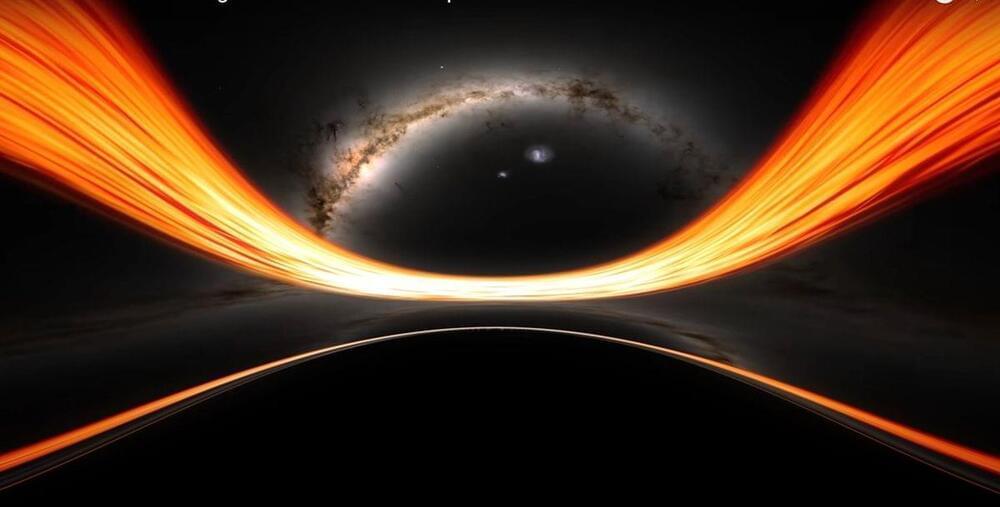
In response to these problems, the authors of the new paper came up with a simple suggestion: a tweak to Einstein’s theory at different distance scales.
“The modification is very simple: We assume the universal constant of gravitation is different on cosmological scales, compared to smaller (like solar system or galactic) scales,” Afshordi said. “We call this a cosmic glitch.”

🤖 🏛️ Have you ever wondered about the connection between AI and Ancient Greek Philosophy?
🧔 📜 The ancient Greek philosophers, such as Aristotle, Plato, Socrates, Democritus, Epicurus and Heraclitus explored the nature of intelligence and consciousness thousands of years ago, and their ideas are still relevant today in the age of AI.
🧠 📚 Aristotle believed that there are different levels of intelligence, ranging from inanimate objects to human beings, with each level having a distinct form of intelligence. In the context of AI, this idea raises questions about the nature of machine intelligence and where it falls in the spectrum of intelligence. Meanwhile, Plato believed that knowledge is innate and can be discovered through reason and contemplation. This view has implications for AI, as it suggests that a machine could potentially have access to all knowledge, but it may not necessarily understand it in the same way that a human would.
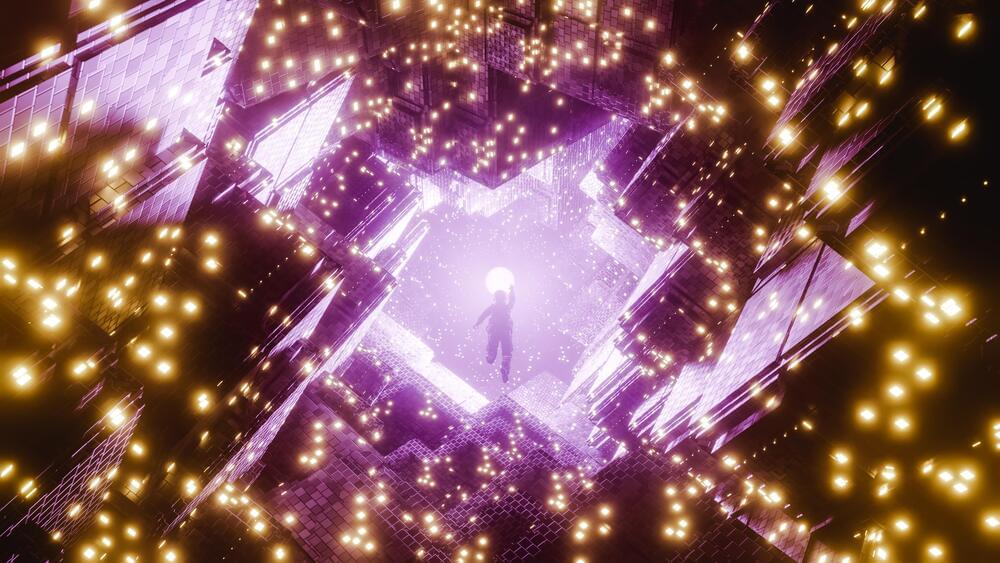
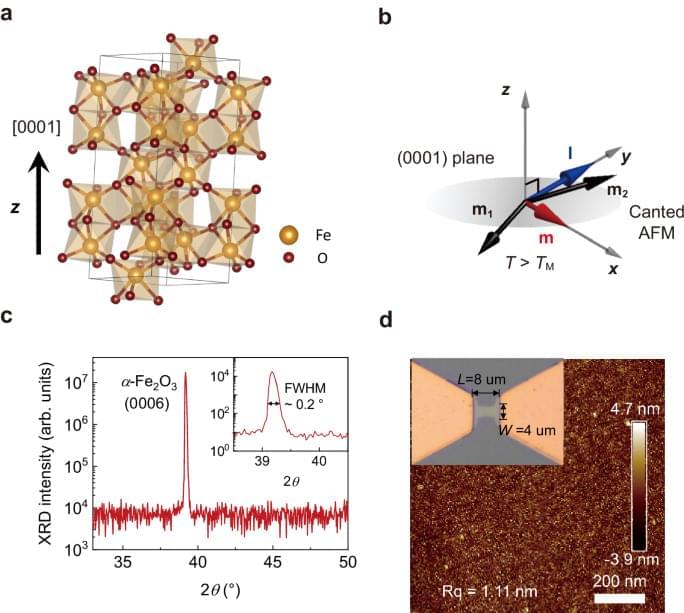
Antiferromagnetic spintronics offer high speed operations, and reduced issues with stray fields compared to ferromagnetic systems, however, antiferromagnets are typically more challenging to manipulate electrically. Here, Yang, Kim, and coauthors demonstrate electrical control of magnon dispersion and frequency in an α-Fe2O3/Pt heterostructure.